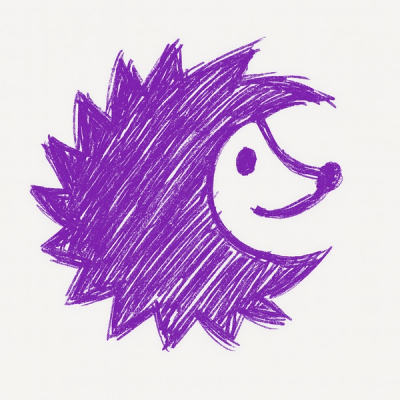
Security News
New CVE Forecasting Tool Predicts 47,000 Disclosures in 2025
CVEForecast.org uses machine learning to project a record-breaking surge in vulnerability disclosures in 2025.
edge-scroll
Advanced tools
Configurable edge scrolling for web pages.
Scrolls the page when the cursor goes near the edges of the window.
Include edge-scroll.js or edge-scroll.min.js on your web page in a <script> tag, then in
your main JavaScript file, call EdgeScroll passing the radius from the edges to start scrolling
at and the maximum scrolling speed (in pixels per second).
var edgeScroll = new EdgeScroll(100, 800);
Include edge-scroll-auto.js or edge-scroll-auto.min.js in a script tag on your web page
to use default values of 100 pixel radius and 750 pixel per second speed.
No further steps are necessary.
Install:
npm install edge-scroll
In main JS file:
import EdgeScroll from 'edge-scroll'
const edgeScroll = new EdgeScroll(120, 750)
The EdgeScroll object has some methods you may find useful
onScroll(Function handler) adds an event listener to listen for scroll eventsoffScroll(Function handler) removes a previously added event listenerThe handlers are called with the following arguments:
var edgeScroll = new EdgeScroll(80, 750);
edgeScroll.onScroll(function (scrollX, scrollY, innerWidth, innerHeight) {
console.log(scrollX);
console.log(scrollY);
console.log(innerWidth);
console.log(innerHeight);
});
The reason to use EdgeScroll handlers rather than just using addEventListener('scroll') is
to prevent layout thrashing: all those properties are cached on the EdgeScroll object once per
animation frame so the browser doesn't have to do a reflow to access them.
You can access them at any time, but the handlers give them to you every time the page scrolls.
var edgeScroll = new EdgeScroll(100, 750);
console.log(edgeScroll.scrollX);
console.log(edgeScroll.scrollY);
console.log(edgeScroll.innerWidth);
console.log(edgeScroll.innerHeight);
You can specify deadzones where scrolling should not occur. If you have something in the corner that you'd like to be clickable, without causing the window to scroll while hovering over it for example.
addDeadzone(Element elem) Adds mouseenter and mouseleave event listeners to prevent scrolling
on the supplied HTML element.removeDeadzone(Element elem) Removes a previously added deadzonevar edgeScroll = new EdgeScroll(100, 750);
edgeScroll.addDeadZone(document.getElementById('corner-widget'))
FAQs
Edge scrolling for web pages
The npm package edge-scroll receives a total of 7 weekly downloads. As such, edge-scroll popularity was classified as not popular.
We found that edge-scroll demonstrated a not healthy version release cadence and project activity because the last version was released a year ago. It has 1 open source maintainer collaborating on the project.
Did you know?

Socket for GitHub automatically highlights issues in each pull request and monitors the health of all your open source dependencies. Discover the contents of your packages and block harmful activity before you install or update your dependencies.

Security News
CVEForecast.org uses machine learning to project a record-breaking surge in vulnerability disclosures in 2025.

Security News
Browserslist-rs now uses static data to reduce binary size by over 1MB, improving memory use and performance for Rust-based frontend tools.

Research
Security News
Eight new malicious Firefox extensions impersonate games, steal OAuth tokens, hijack sessions, and exploit browser permissions to spy on users.